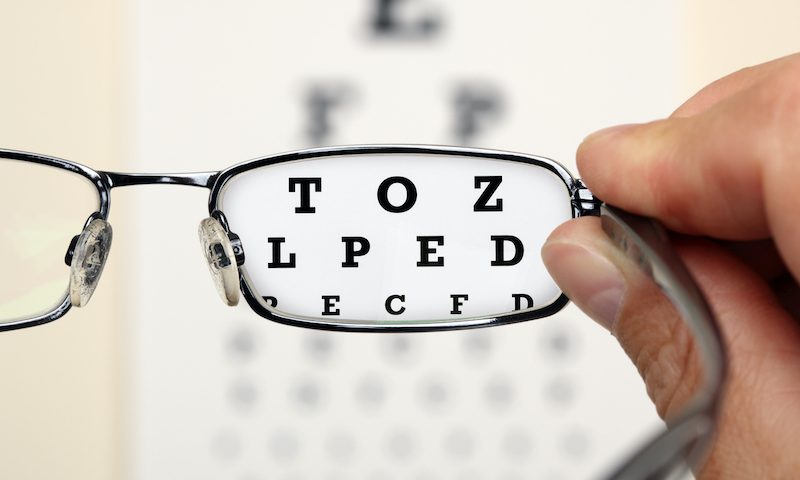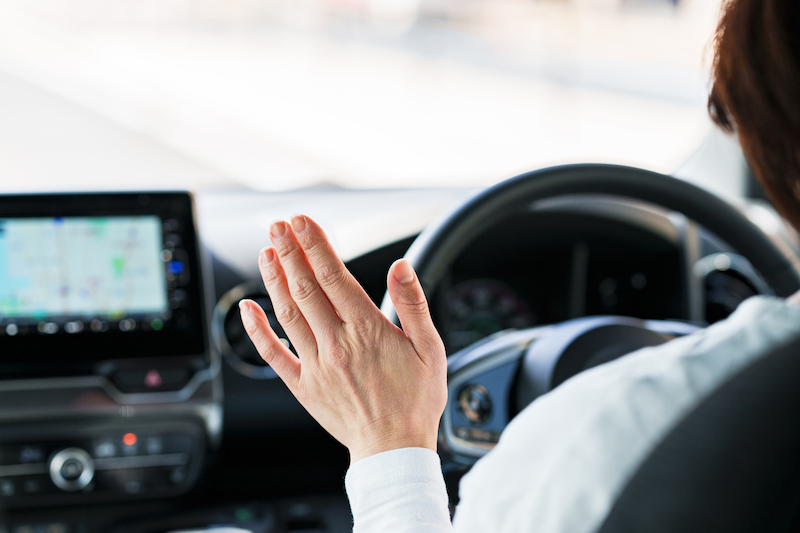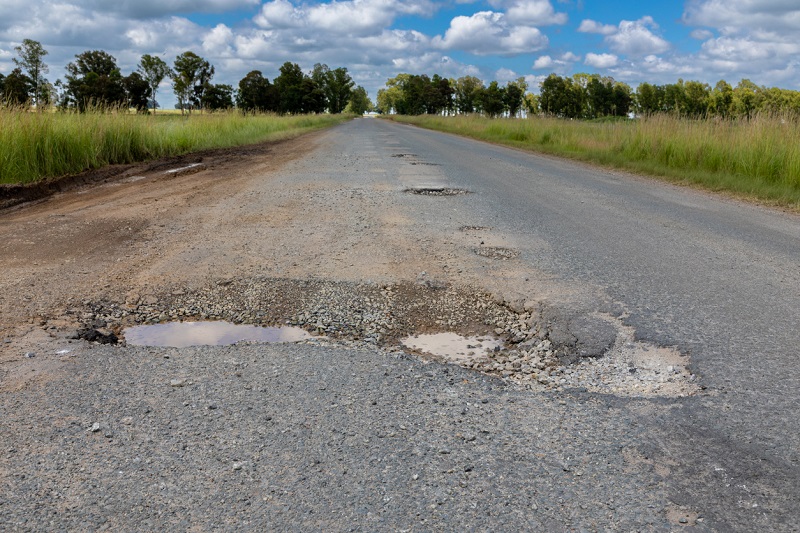Winter warning: DVLA calls drivers to take the number plate eyesight test

| As we turn back the clocks to save daylight, we gain an extra hour of sleep. But unfortunately, face more time driving on dark roads.
With driving conditions becoming more dangerous in the evenings, the DVLA urges all motorists to check their eyesight with the number plate eyesight test. Can you see properly behind the wheel?Winter is on its way, and so are darker driving conditions. To keep yourself and other motorists safe, it’s sensible to test your sight, even if you have an adequate field of vision. The DVLA recommends the number plate eyesight test for all drivers, including those with no prior vision impairments. The test takes just a few seconds, and you don’t need to visit an optician. Lynette Rose, Director of Strategy, Policy and Communications at DVLA stated earlier this year: “The number plate test is a simple and effective way for motorists to check their eyesight meets the required standard for driving”. Eyesight standards for drivingTo meet the minimum eyesight standards for driving in the UK, you must be able to read a car number plate from 20 metres away. You can do the test yourself. All you need to do is stand the length of five parked cars away from a number plate made after September 1, 2001, and see if you can read it clearly. You can take the test wearing your glasses or contact lenses if necessary. If you notice any problems with your vision, you can then book in with an optician to get your vision professionally assessed. You must inform the DVLA if you have any problems with your eyesight that impacts both your eyes or the single eye if you only have one that functions. “Having good eyesight is essential for safe driving, so it’s really important for motorists to have regular eye tests. Eyesight can naturally deteriorate over time so anyone concerned about their eyesight should visit their optician – don’t wait for your next check-up.” The DVLA rules are there to keep us safe on the roads. So, it’s important that we abide by them, especially during times of adverse weather conditions. Get more safety tips for driving in the dark this winter. |


